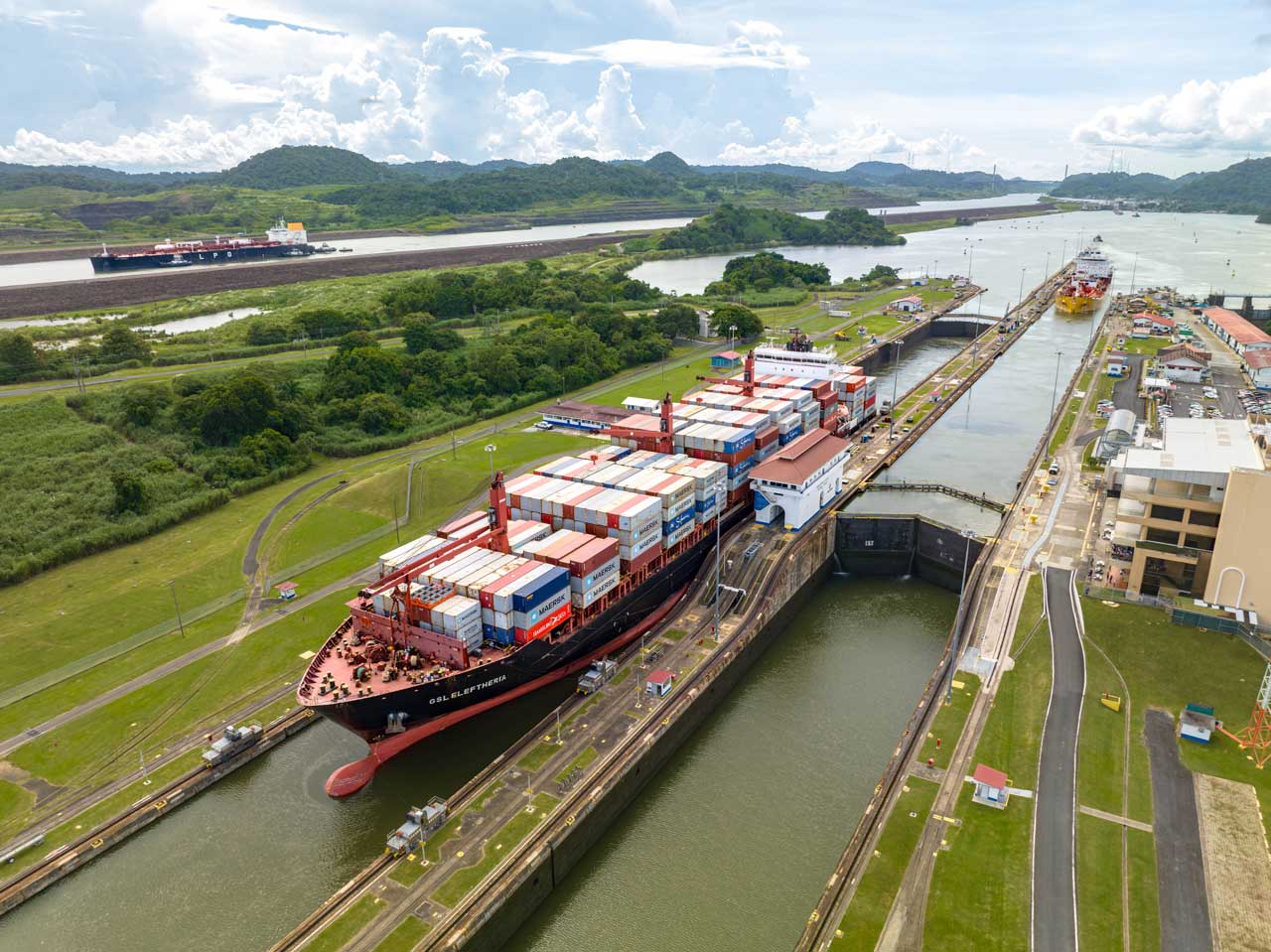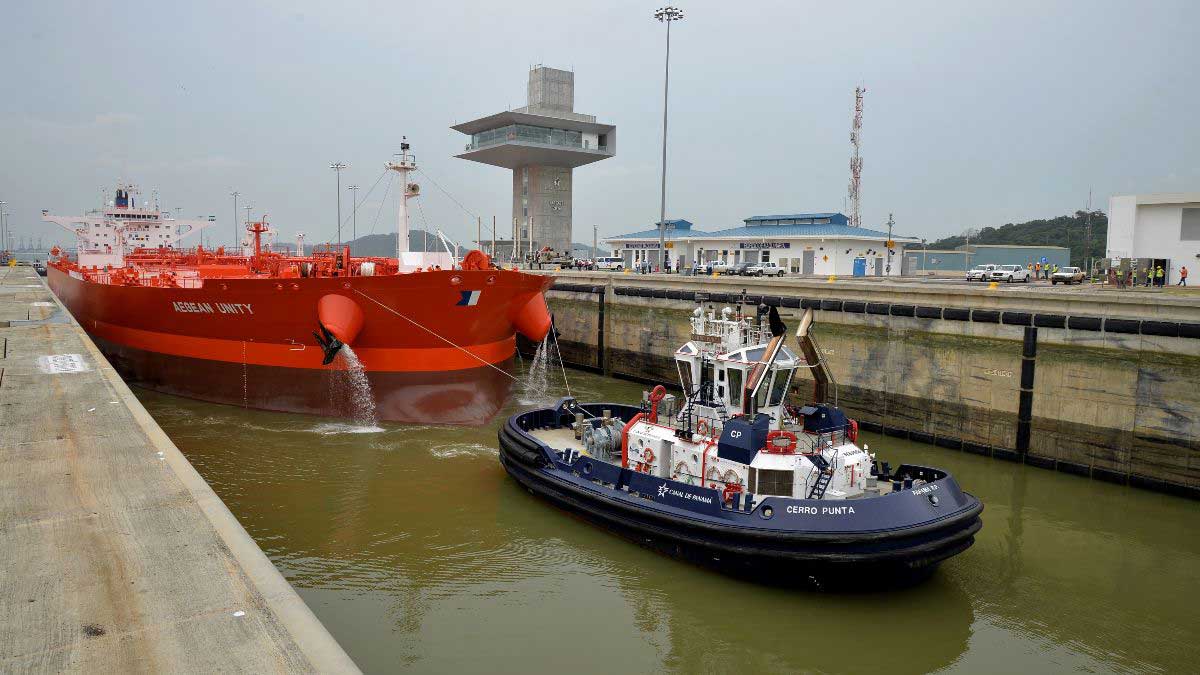Panama, April 19, 2002 – Top officials from the U.S.-Canadian St. Lawrence Seaway visited the Panama Canal for three days last week to learn from its technological improvements and modernization programs.
The U.S. Saint Lawrence Seaway Development Corporation Administrator Albert S. Jacquez said, “we found that we not only share the same technologies, but the same visions the Canal has. Ultimately, we have the same objectives, which are to be competitive, reliable and safe waterways.”
When the St. Lawrence Seaway opened in 1959 it could serve 70 percent of the world fleet and now this figure has diminished to 35 percent. Canadian St. Lawrence Seaway Management Corporation President Guy Huguette Véronneau expects that in the next ten years that percentage will drop dramatically if appropriate actions are not taken.
Now in its 44th year of U.S.-Canadian bi-national operation, the St. Lawrence Seaway is connected by six short canals and is 2,342 miles long. It has 19 locks that raise vessels up to a maximum of 620 feet, and the locks are 766 feet long, 80 feet wide and 30 feet deep. As is the case in the Panama Canal, locks are filled and emptied by gravity. However, the 87-year-old Panama Canal is 50 miles long and has three sets of locks that raise the ships 85 feet above sea level. The Panama Canal locks’ dimensions are 1000 feet long, 110 feet wide and 39.5 feet deep.
The visitors learned about ongoing Panama Canal expansion studies. The team also reviewed the Canal’s Enhanced Vessel Traffic Management System (EVTMS); the Communication, Tracking and Navigation Based Control System (CTAN), and the Automated Identification System (AIS). These systems are uniquely customized for the Panama Canal and reflect the waterway’s trend-setting adoption of the most appropriate technologies to increase efficiency and safety.
St. Lawrence Seaway Administrator Jacquez and President Véronneau experienced Panama Canal operations first hand with a partial transit through Miraflores Locks, Pedro Miguel Locks and Culebra Cut. Their final stop in the Panamanian waterway included a visit to the Maritime Transit Division, where vessel movements through the Canal are coordinated and followed closely using state-of-the-art communication technology.
For Véronneau, “going to Culebra Cut in a full Panamax-size ship was most impressive.” He added, “I was very impressed…everything is done very professionally.”
The high-level management team met with Panama Canal Authority Administrator Alberto Alemán Zubieta, Deputy Administrator Ricaurte Vásquez and other high ranking Canal officials.
Administrator Aleman Zubieta remarked that the valuable visit and information exchange “will create closer ties between the authorities responsible for these two important waterways of the Americas and will provide for more efficient resource management for both.”




